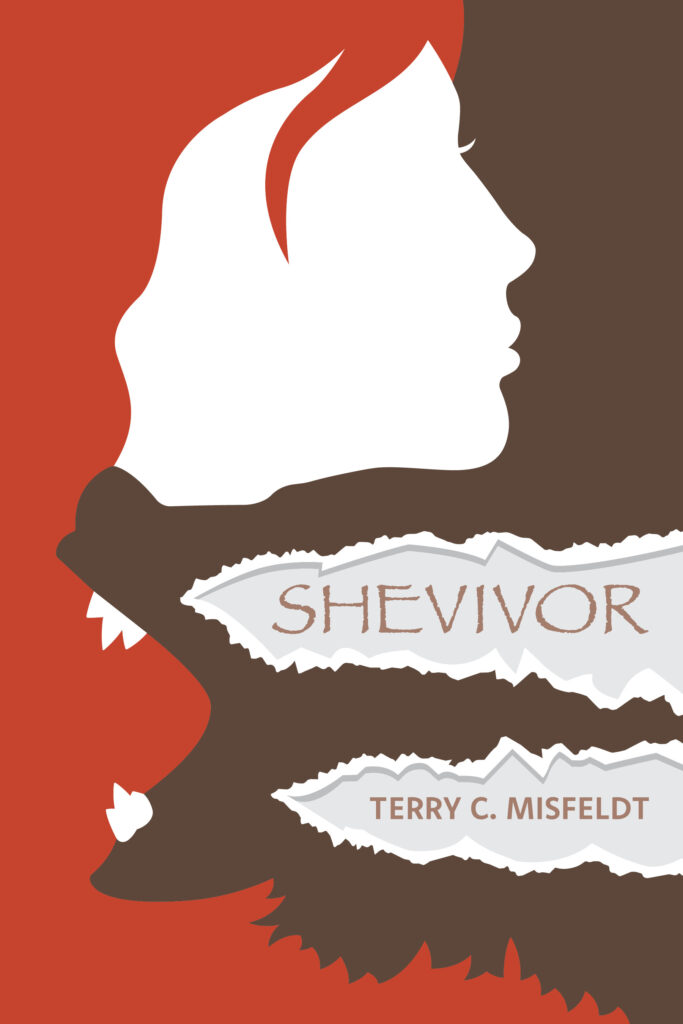By Terry C. Misfeldt
What do you do when a blizzard hits and you are isolated from the rest of the world?
When a recent snowstorm dumped more than one foot of snow on our community, I could not get my front door open. Sure, I had other means of egress but the first thing that came of mind–after removing the snow, of course–was that it was a perfect time to do more writing.
Winter in Wisconsin has a tendency to isolate us. It’s either too cold to go out or the snow and ice makes driving hazardous. And there’s only so much television you can watch before going stir crazy!
Whether you grab a pen and spiral notebook to make notes or plop yourself at the keyboard and type away at breakneck speed, winter is a great time to write. Personally, I have set a goal of once again writing 1,000 words a day during 2024. Just keeping a daily journal piles up that many words on average.
Working on a draft of a novel or jotting down memories for a memoir, writing can give you a sense of purpose during the long winter months. It’s also a time to organize files, go through your library and get your affairs in order. Once warmer weather comes back, your mind and body will tell you it’s time to get outside again.
Weather, while seclusion can be productive for writing, should not keep you from getting outdoors and enjoying the cleansing nature of snow or the briskness of chill winds. Exercise is good for writers despite the adage about seats in seats.
Wrapping this up, I just noticed something about the first word in each of these paragraphs. What word works with winter weather? Did you get the clue?

